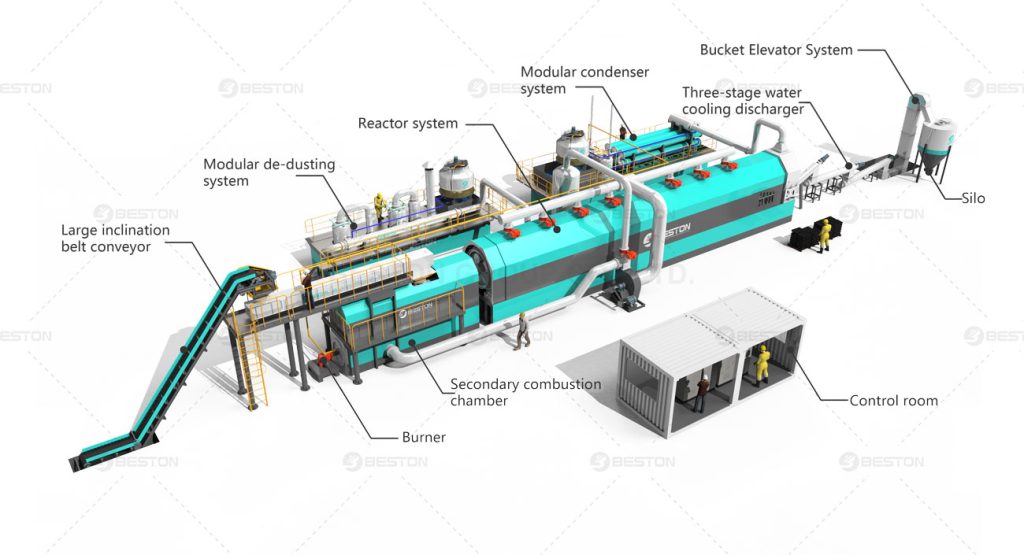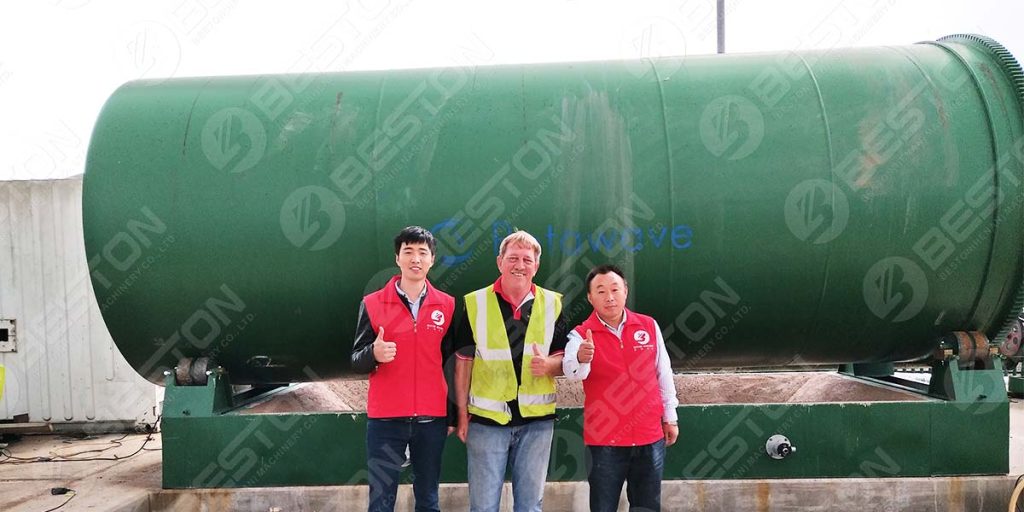The process of converting waste tyres into oil and carbon black is known as tyre pyrolysis. The process is environmentally friendly, and the process produces both oil and carbon black. However, it is important to understand the costs of a waste tyre pyrolysis plant before setting one up. Let’s find out what this process entails. Detailed below are some of the advantages and disadvantages of this method.
Disadvantages Of Tyre Pyrolysis
The disadvantage of waste tire pyrolysis is that the oil produced during the process is low in purity and may need further upgrading before it can be used as fuel. The waste tire oil, which is obtained through the process, can be used as diesel or gasoline. However, the high level of limonene in the waste tire oil is not conducive to the economic viability of the waste tire pyrolysis process.
One of the major disadvantages of the waste tire pyrolysis plant is that its operation is highly dependent on the performance of the machine. Moreover, a faulty machinery will lead to massive difficulties and higher operating costs. For this reason, it is crucial to check the condition of the equipment before operating it. Nevertheless, faulty machinery can lead to massive problems, so it is crucial to maintain a well-maintained waste tire pyrolysis plant.

Process Of Converting Waste Tyres Into Oil And Carbon Black
In this paper, we will look at the processes for converting waste tyres into carbon black and oil. The pyrolysis of tyres yields a mixture of light and heavy hydrocarbons that are similar to diesel fuel. They also have a satisfactory viscosity and are thus suitable for direct use as fuel oil. However, their quality may be compromised by trace amounts of elements and contaminants. They are also highly polluting.
The polymeric organic materials in tyres decompose faster when heated in the presence of a catalyst. The process uses a catalyst to break down heavy hydrocarbons into their lower molecular pyrolytic oils. There are several types of catalysts used in water tyre pyrolysis, including Friedel-Crafts catalysts, zeolites, and MgO/CaCO3. See the pyrolysis oil plant project report here.
Eco-Friendly Nature Of A Tyre Pyrolysis Plant
The economic value of tyre pyrolysis is derived from the recyclate oil produced from the process. The pyrolysis of tyres yields oil with a boiling point ranging from 176oC to 600oC. During this process, a high-value light hydrocarbon called monoterpene is produced. It is a highly valued product, and has wide industrial uses.
The tyre pyrolysis oil produced by the process is made by condensing the heavy oil fraction and non-condensable gases and vapors. The residual oil is discharged without causing any pollution or waste water. The pyrolysis plant for sale also doesn’t produce any residue or gas. It is fully recyclable. This eco-friendly nature makes the tyre pyrolysis plant an excellent investment for a company looking to be environmentally conscious.

Cost Of A Tyre Pyrolysis Plant
The cost of waste tyre pyrolytic plants is a concern that many people have, but that is not the case for the majority of businesses. These plants can turn non-degradable waste into valuable products, such as fuel or lubrication. While the initial cost of these plants can be prohibitive, it will pay off in short order, thanks to the many benefits they provide.
There are four main models of waste tyre pyrolyzers available, with varying prices and capacities. The BLL-30 is suitable for larger-scale factories. The Beston Group has a variety of different models, all with different prices and capacities. The cost of a waste tyre pyrolysis plant will depend on how much oil it can produce, the quality of the raw material, and the style of operation.